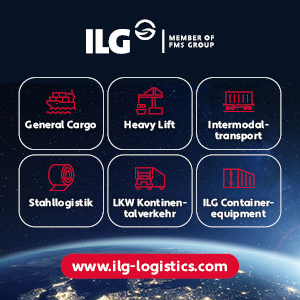With its railway stations in Bremerhaven, Bremen Grolland and Bremen Inlandshafen, the Bremen port railway, with a total rail infrastructure of 186 kilometers, is an efficient interface between the hinterland and the waterfront transhipment terminals. In addition, the industrial tracks Güterverkehrszentrum and Hemelingen connect the cargo center GVZ Bremen and the commercial park Hansalinie Bremen with the national rail network.
“In view of the continuous increase in rail traffic, a new, more efficient IT structure for the operation of the port railway is urgently needed,” Robert Howe, Managing Director of bremenports GmbH & Co. KG outlines the current situation. Bremenports GmbH & Co. KG has commissioned dbh Logistics IT AG for the development of the new IT system and the subsequent system maintenance. The project, including the subsequent system maintenance, will be financed from the special assets for the port.
The new IT system will be of a modular structure, consisting of operational planning, scheduling, billing, evaluation and a customer portal. The modules will use a common powerful data platform. Processes should be made more efficient, more stable and more customer-friendly. Qualitative goals are paramount.
The stronger networking within the logistics chain in rail hinterland traffic will be a significant innovation. On the one hand, there will be interfaces to the systems of DB Netz AG, allowing to query timetables and train updates, for example about delays. On the other hand, a customer portal will include the railway companies, shunting service providers and terminal operators in the information flow of the management of the port railway.
In the future, customers will be able to record and track orders, submit train pre-registrations, view the status of their trains and check their payment status. Terminals will be able to schedule loading times according to the port railway, view the status of trains scheduled for them, and report the status of loading and unloading. Shunting service providers will, for example, be able to exchange data about planned shunting movements and the operation of the terminals with the port railway.












